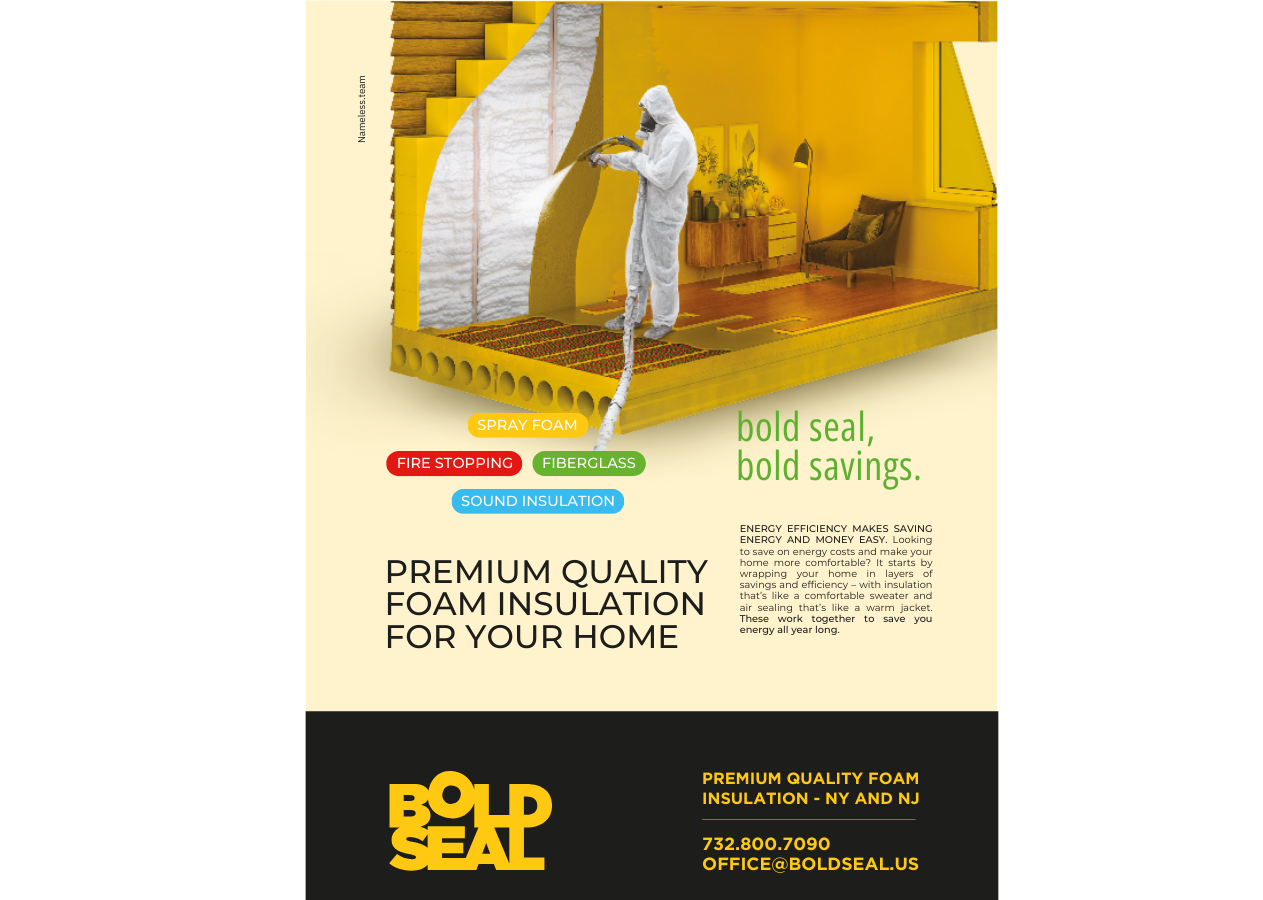Choosing the right insulation for your crawl space is crucial for energy efficiency, moisture control, and overall home comfort. A well-insulated crawl space can significantly reduce energy bills, prevent mold growth, and create a healthier living environment. Let's explore the best options to transform your crawl space from a cold, damp area into a comfortable and energy-efficient part of your home.
What Types of Insulation Are Available for Crawl Spaces?
Several insulation types are suitable for crawl spaces, each with its own set of pros and cons. Common choices include fiberglass batts, foam insulation (spray foam and rigid foam boards), cellulose insulation, and blown-in insulation. Fiberglass batts are a cost-effective option, but they can be less effective in controlling moisture. Foam insulation, both spray and rigid, offers superior thermal performance and excellent moisture resistance, making it ideal for damp crawl spaces. Cellulose insulation, made from recycled paper, provides good insulation value and is environmentally friendly. Blown-in insulation, often made of fiberglass or cellulose, is easy to install in hard-to-reach areas. The best choice depends on factors such as budget, moisture levels, and accessibility.
How Do R-Values Affect Insulation Choices?
The R-value, or thermal resistance, measures a material's ability to resist heat flow. Higher R-values indicate better insulation performance, meaning less heat transfer between your crawl space and the living areas above. When choosing insulation, consider the climate and desired level of energy efficiency. Colder climates require higher R-values to maintain warmth, while warmer climates may need less insulation. Different insulation types offer varying R-values per inch of thickness, influencing your material selection and overall installation cost. It’s important to understand your regional climate and building codes to determine the appropriate R-value for your crawl space. You can find R-value information on the product packaging and from your local building supply store or energy auditor.

What is the Role of Moisture Barriers in Crawl Space Insulation?
Moisture control is crucial in crawl spaces to prevent mold, mildew, and structural damage. A vapor barrier or moisture barrier is an essential component of crawl space insulation. This barrier, typically a polyethylene sheet or similar material, prevents moisture from entering the crawl space and damaging the insulation. Effective moisture control also ceiling insulation involves proper ventilation and potentially a dehumidifier to maintain low humidity levels. Poor moisture control can severely compromise the effectiveness of your insulation, rendering it useless and leading to potentially expensive repairs. A well-installed moisture barrier helps safeguard your insulation investment, protecting your home from moisture-related issues.
How to Choose Between DIY and Professional Insulation Installation?
Installing crawl space insulation can be a DIY project for some, but hiring a professional is often recommended, especially for larger spaces or complex installations. DIY installation can save money, but it requires time, skill, and the right tools. Professional installers have experience, expertise, and access to specialized equipment. They can ensure proper installation, maximizing energy efficiency and preventing future issues. Consider factors like your experience level, the size of the crawl space, and potential health hazards such as mold exposure when making your decision. The cost of professional installation needs to be balanced against your time investment and possible errors in DIY installation.

How Can Insulation Improve Energy Efficiency and Cost Savings?
Proper crawl space insulation dramatically improves energy efficiency and reduces energy bills. By preventing heat loss in winter and heat gain in summer, crawl space insulation significantly reduces the load on your heating and cooling systems. This leads to lower energy consumption and substantial savings on utility costs over the long term. Well-insulated crawl spaces also contribute to a more comfortable and consistent indoor temperature, improving overall home comfort. The cost savings realized from reduced energy consumption easily offset the initial investment in insulation, providing a long-term return on investment. This positive impact contributes to a more sustainable and economical home.
What Additional Measures Should Be Taken for Crawl Space Comfort?
Beyond insulation, several additional measures can enhance crawl space comfort and health. Adequate ventilation is vital for moisture control. Consider implementing a crawl space ventilation system to ensure proper airflow and prevent moisture buildup. Pest control is another key aspect, as pests can damage insulation and create unsanitary conditions. Radon mitigation might be necessary depending on local radon levels. Air sealing helps prevent air infiltration and further improves energy efficiency. Lastly, a dehumidifier can help maintain optimal humidity levels in damp crawl spaces, improving the effectiveness of insulation and preventing mold. Addressing these factors ensures a healthier and more energy-efficient crawl space.
How Often Should Insulation in Crawl Spaces Be Replaced?
The lifespan of crawl space insulation varies depending on the type of insulation, moisture levels, and overall conditions. Regular inspections are recommended to check for signs of damage or degradation. Depending on these factors, insulation may need replacement every 15-20 years or sooner if moisture damage occurs. Monitoring the effectiveness of insulation through energy bills can also be indicative of its remaining lifespan.
What Are the Signs That Crawl Space Insulation Needs Repair?
Several signs indicate potential problems with your crawl space insulation. These include noticeable drafts or uneven temperatures in the home above the crawl space, increased energy bills, visible mold growth, dampness or musty smells in the crawl space, and signs of pest infestation in or around the insulation. Addressing these problems promptly can prevent more serious and costly repairs down the line.
How Does Climate Affect Insulation Choice for Crawl Spaces?
Climate plays a significant role in choosing the right insulation for a crawl space. In colder climates, higher R-value insulation is essential to prevent heat loss. In warmer climates, lower R-value insulation might suffice, but proper moisture control remains vital. Your local climate dictates the heat transfer characteristics your insulation needs to overcome effectively, therefore affecting the material you should select.
FAQ Section
What is the average cost of insulating a crawl space?
The cost of insulating a crawl space varies widely depending on the size of the space, the type of insulation used, and whether you hire a professional. Material costs range from a few hundred dollars to several thousand, with labor costs adding significantly to the total cost. Obtaining multiple quotes from different contractors is essential for accurate budget planning.
Can I use fiberglass batts in a wet crawl space?
Fiberglass batts are not recommended for wet crawl spaces. They absorb moisture, losing their insulating properties and becoming a breeding ground for mold. Foam insulation, specifically spray foam insulation is far better suited for managing moisture in damp conditions.
What is the best thickness for crawl space insulation?
The best thickness depends on your local climate and desired R-value. Consult building codes and energy efficiency guidelines for recommendations in your area. A higher R-value generally implies a thicker insulation layer, leading to greater thermal resistance. However, consider the available space and accessibility in your crawl space.
How do I know if my crawl space has moisture problems?
Signs of moisture problems include dampness, musty odors, condensation on pipes or surfaces, mold or mildew growth, and visible water stains. Addressing these issues promptly is crucial to preventing further damage to the structure and your insulation.
Is spray foam insulation better than fiberglass?
Spray foam insulation offers superior moisture resistance and air sealing compared to fiberglass batts. However, it's typically more expensive to install. The best choice depends on your budget, moisture levels, and other specific needs.
Investing in proper crawl space insulation is a wise decision that pays dividends in energy savings, home comfort, and long-term protection. By understanding the various insulation types, R-values, and moisture control techniques, you can make an informed choice to create a healthier, more energy-efficient home. Start your journey toward a comfortable and cost-effective home today!